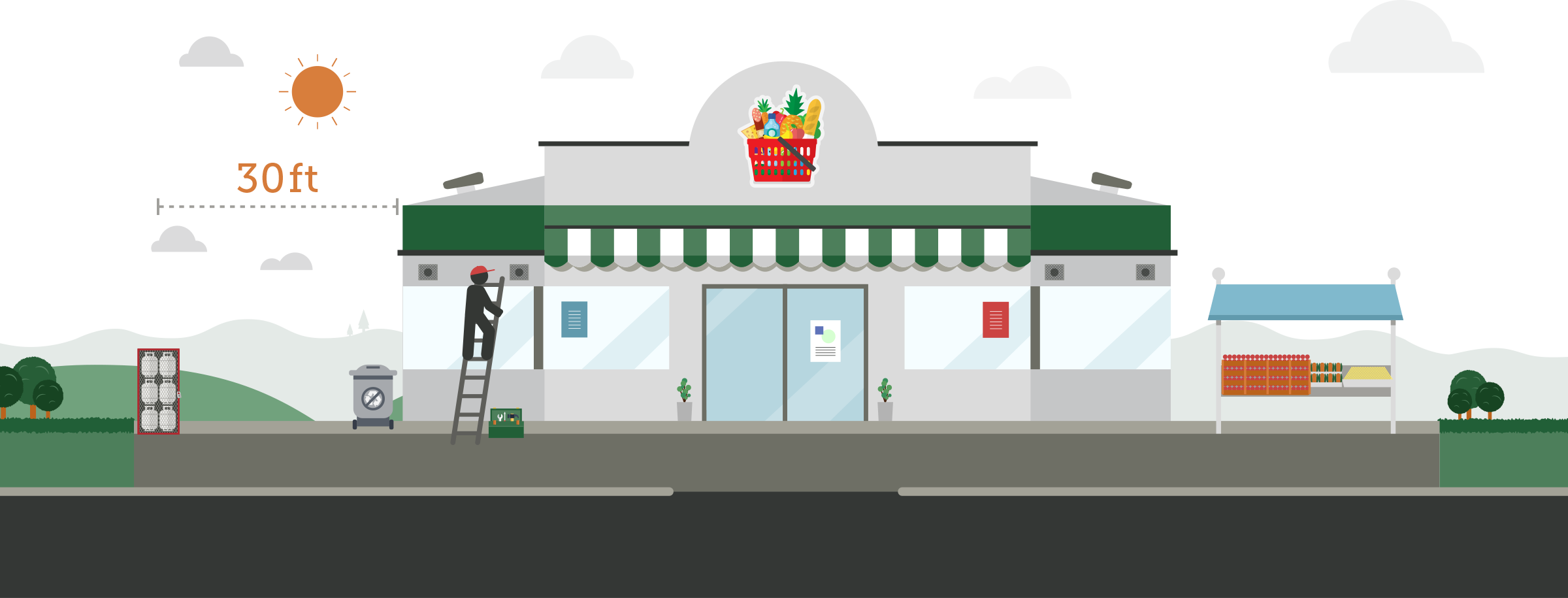
Wildfire Response
March 2025When a wildfire is in your area, it's time to put your preparation into action and prioritize safety.
Prevent interruptions and keep your business up and running.
In addition to having the right coverages, preparation can help save your company, and get your operations back in working order, faster.
Taking the time to ready yourself, your employees, and your property can make all the difference. Below are a few things you can do before wildfires begin.

Taking action to protect these places can help prevent and reduce the risk of costly repairs or rebuilding.
Roofing - Unmaintained roofs and gutters are vulnerable to wind-driven embers
Vents - Attic and crawl space vents are ideal entry points for embers
Windows - Radiant heat from a wildfire can break single-pane windows
Attachments - Awnings, decks, patios, and porches can act as a wick to the building
Storage - Propane tanks, and containers used to store cleaning supplies, are highly combustible

Defensible space is a properly maintained buffer between your property and the area surrounding it. This space will help prevent or inhibit wildfires from reaching your building, or other structures on your property, as well as give firefighters the adequate space they need.
Structure Protection
Zone 1 is the last line of defense. Keeping this space in excellent condition can lessen the intensity of a wildfire and help safeguard structures from catching on fire.

Fuel Reduction
Zone 2 is an important intermediate stretch that serves as a protective damper. Correctly maintaining and removing materials that encourage fires will help diminish the size and strength of an advancing wildfire and potentially divert it from your property.

Property Management
The farthest defensible space section, Zone 3 acts as the first preventative barrier to your building, or other structures on your property. Managing this outlying area will help minimize wildfire growth and promote a healthier and safer property overall.

The information we share on our site is intended to serve as a general overview. Please refer to your policy or contact your local independent agent for specific coverage details.

When a wildfire is in your area, it's time to put your preparation into action and prioritize safety.

Wildfires are a reality we all have to face. Taking the time to ready yourself, your employees, and your property can make all the difference.

An unexpected data breach or loss can have a serious impact on your business. Learn how our cyber liability coverage can help keep your business protected.